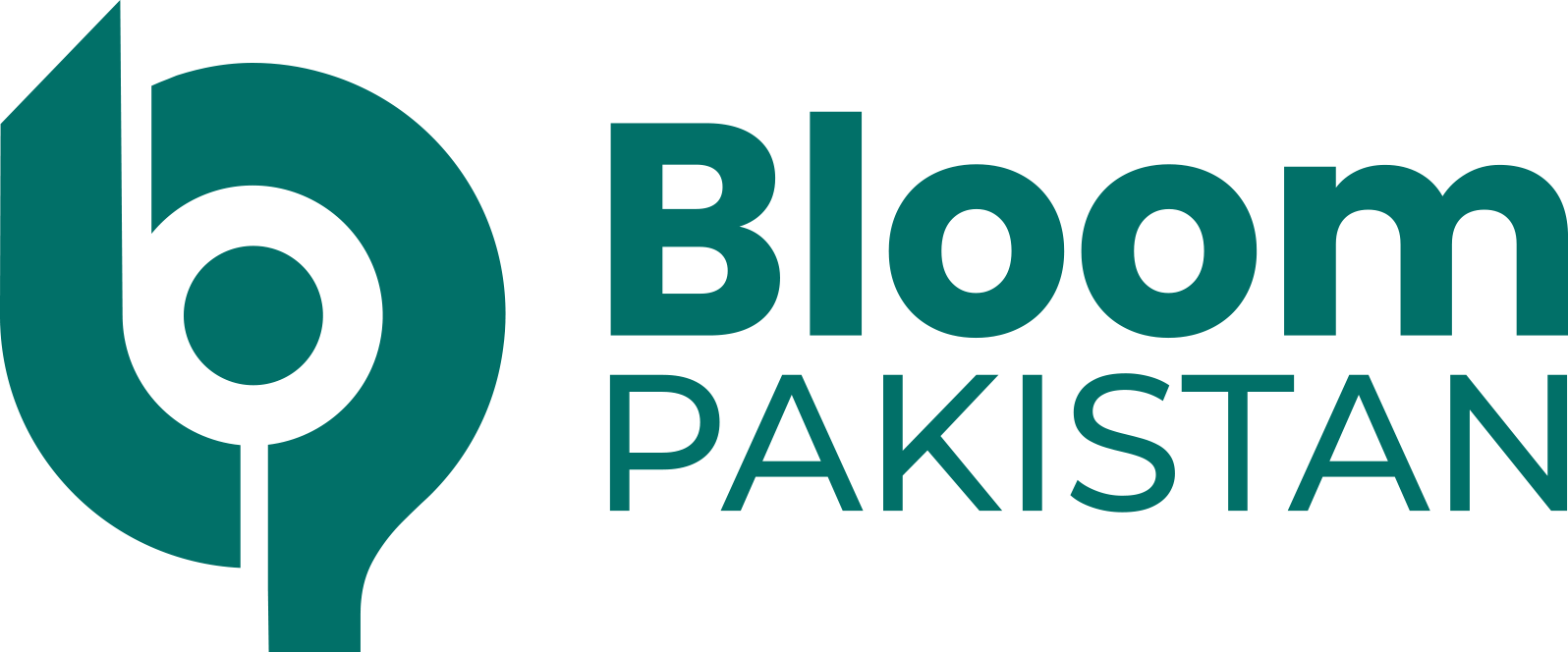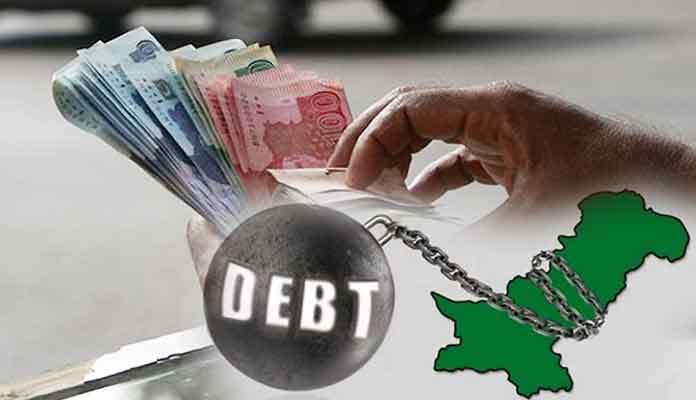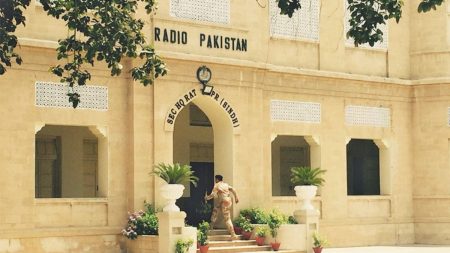Islamabad, Feb 19: Pakistan’s external borrowing stood at $4.585 billion during the first seven months (July–January) of the fiscal year 2024-25, marking a 27 percent decline compared to the $6.31 billion borrowed in the same period of the previous fiscal year, according to data from the Economic Affairs Division (EAD). This figure excludes the $1.03 billion tranche received from the International Monetary Fund (IMF). Including IMF inflows, total disbursements reached $5.585 billion.
Despite budgeting $9 billion in time deposits from Saudi Arabia and China $5 billion and $4 billion, respectively Pakistan has not received any funds under this category so far. Additionally, no financial assistance was recorded from the UAE. In December 2024, Saudi Arabia extended its existing $3 billion deposit for another year, though this extension is not reflected in the EAD data for the first seven months.
While Pakistan had set a target of raising $1 billion from international bond issuance, no funds have been secured under this head yet. However, the government obtained a $500 million commercial loan and raised $1.126 billion through the Naya Pakistan Certificate, including $199.23 million in January. The country had originally projected external financing requirements at $19.393 billion for FY25 but later revised it to $14.393 billion, comprising $14.216 billion in loans and $176.29 million in grants, excluding IMF disbursements.
READ MORE: FBR Raises Customs Value on Desiccated Coconut Imports
Of the $3.779 billion budgeted from foreign commercial banks, only $500 million had been secured by January, with no disclosure regarding the lender. Pakistan also refrained from borrowing from commercial banks in November. Meanwhile, multilateral lenders disbursed $2.322 billion from July to January, with $458 million received in January alone. Bilateral sources contributed $329.10 million, including $12.68 million in January.
Among major multilateral contributors, the Asian Development Bank (ADB) provided $1.048 billion, the International Development Association (IDA) disbursed $573.85 million, and the International Bank for Reconstruction and Development (IBRD) released $201.50 million. The Islamic Development Bank (IsDB) offered $265.7 million in short-term financing, while the Asian Infrastructure Investment Bank (AIIB) contributed $60.22 million, and the International Fund for Agricultural Development (IFAD) provided $26.12 million.
On the bilateral front, China disbursed $99.17 million, Saudi Arabia provided $12.37 million, the USA contributed $40.05 million, and France exceeded its budgeted commitment by disbursing $102.57 million. With significant gaps remaining between projected and actual inflows, Pakistan continues to navigate a challenging external financing landscape in FY25.









